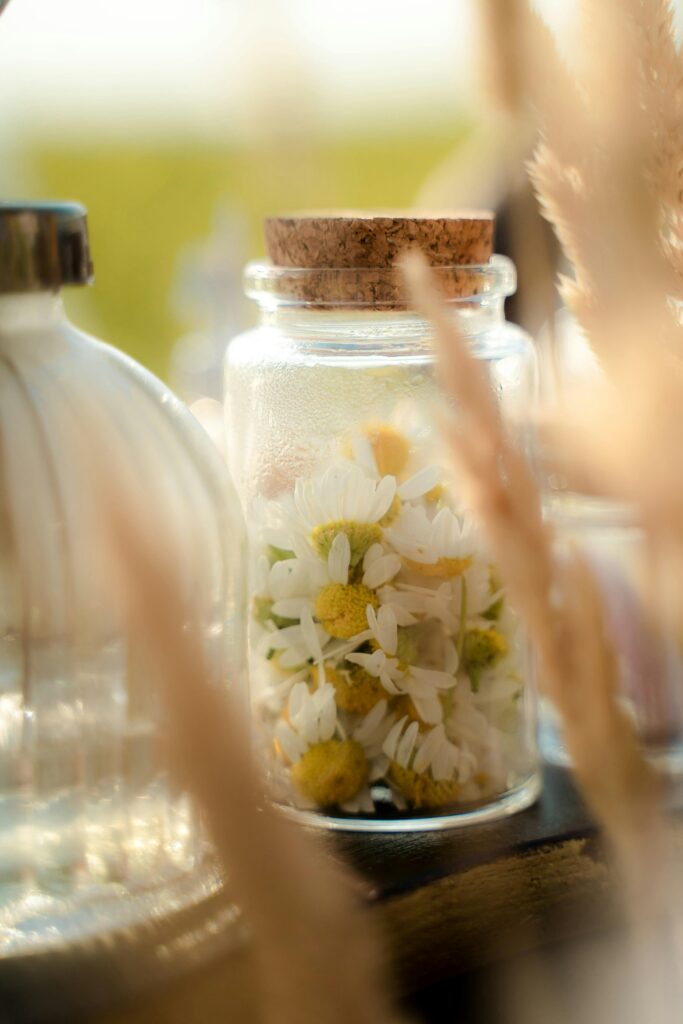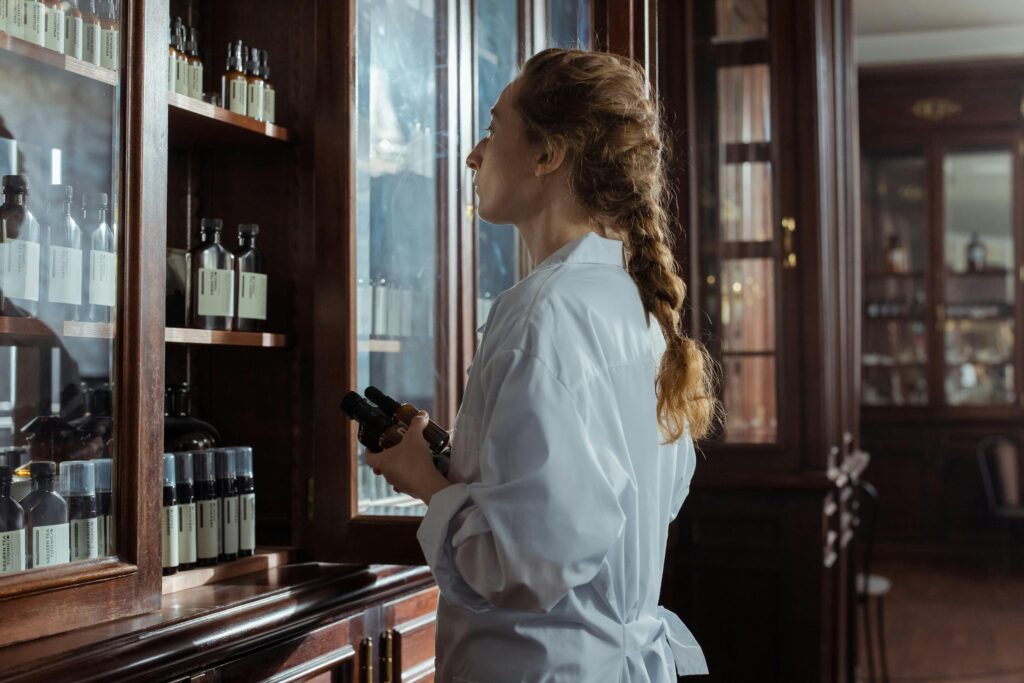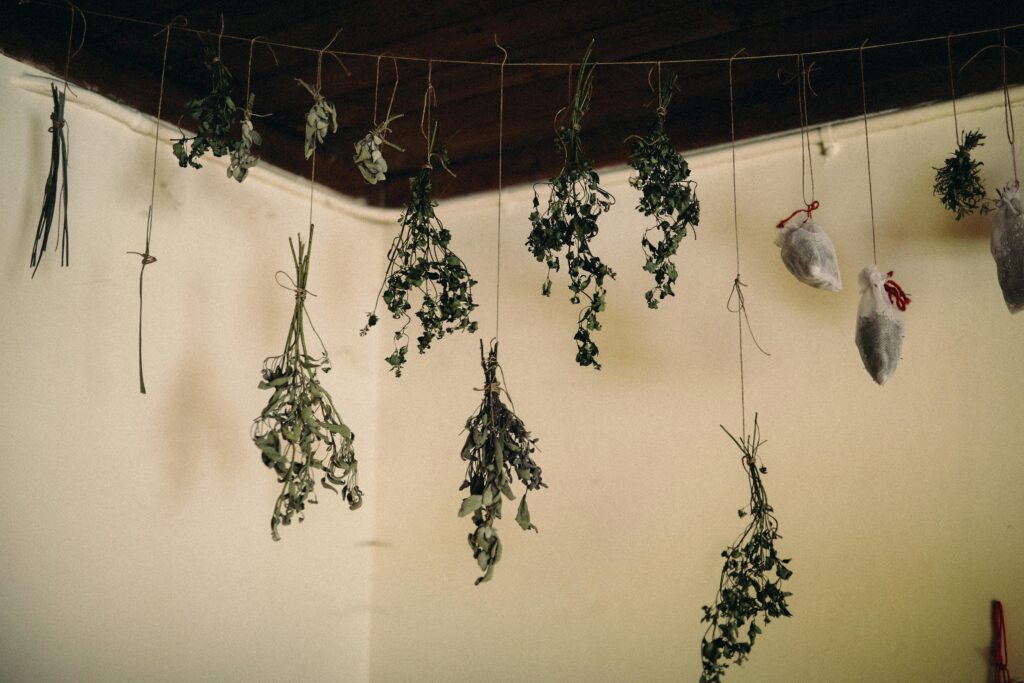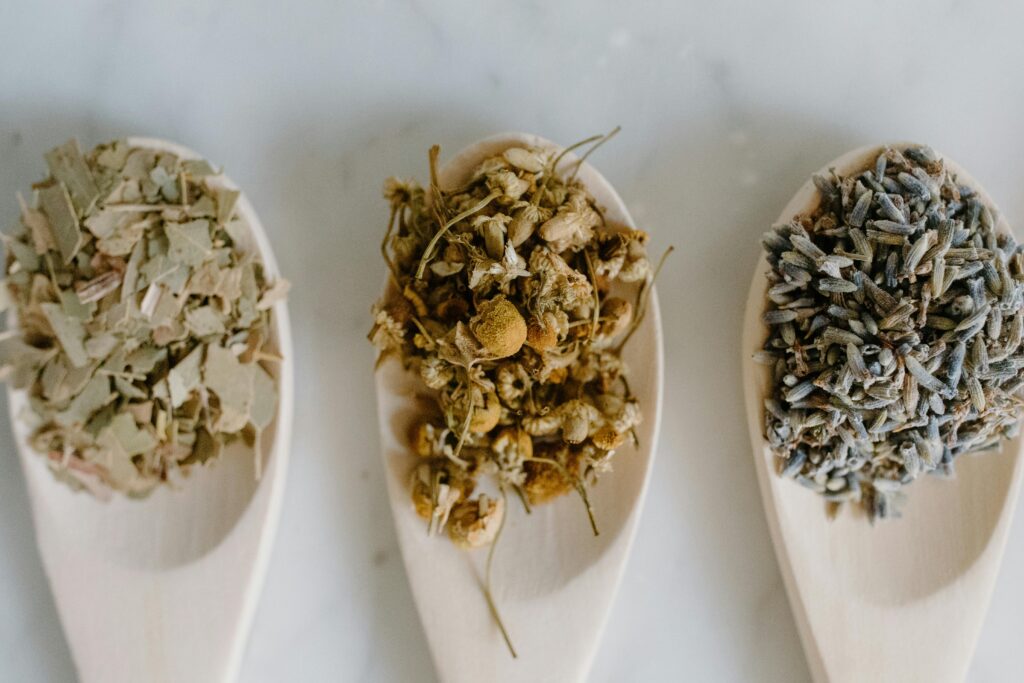Solar vs. Cool Infusions: Choosing the Right Herbal Extraction Method
When it comes to making herbal infusions, choosing the right extraction method can mean the difference between a potent, effective remedy and a weak or degraded one. I wish we could just throw them all in a jar of oil and call it good, but it unfortunately isn’t the case.
Some herbalists swear by the power of the sun, others insist that cool, slow extractions preserve more delicate compounds, and then there’s alcohol tincturing—an age-old method that extends shelf life while pulling out deep medicinal properties. Glycerin is also gaining popularity as a menstruum.
But which is best?
And how does temperature affect the way plants release their magic?
I wont be spending a lot of time going over menstruum in this post, so if you want to know more about the different ones that are commonly used, comment at the bottom!
What is a Solar Infusion? Harnessing the Sun’s Energy
The sun is a powerful tool when it comes to herbalism. It not only helps us infuse, but dictates when the best time to harvest is as well.
A solar infusion is an herbal extraction method that relies on the gentle heat of the sun to pull medicinal properties (constituents) from plants into a liquid base, typically oil, water, or alcohol.
This method has been used for centuries to speed up the infusion process, and many traditional herbalists believe it enhances the energetic and medicinal qualities of sun-loving herbs. Rosemary Gladstar uses it, and so does Nicole Apelian.

I do almost all of my oil extractions this way if I can help it, though some recipes are done on the stove using a double boiler. It really depends on the herbs you’re using, and how quickly you need the remedy. For example, a recipe I use for my sister when she gets ear infections is done on the stove, gently, in a double boiler. (mason jar in pot)

Best For
Uplifting, warming herbs: Solar energy is associated with circulation, energy, and vitality, making it ideal for herbs that stimulate and invigorate.
Resinous or sun-loving herbs: Calendula, St. John’s Wort, rosemary, and chamomile thrive under solar extraction.
Oil infusions: The heat of the sun helps break down plant cell walls, releasing resins and volatile oils into the carrier oil.
Slower Extractions: If you need a remedy in 4-6 weeks, solar infusions can are your girl. Same day infusions are possible as well, using a double boiler.
How Solar Infusions Work (The Science)
Let me preface this by clarifying that I am no scientist- only a passionate herbalist with a deep need to understand things in their full capacity.
- Heat increases solubility, helping resins, essential oils, and flavonoids release more readily into the liquid.
- UV light activates certain compounds – for example, St. John’s Wort turns deep red in oil due to hypericin activation, which is a super cool thing I encourage you to look up because I am not sure I can explain it succinctly.
- The warmth of the sun accelerates the breakdown of plant fibers, making it easier for the liquid to absorb the medicinal properties.
Solar Tinctures: While alcohol extractions are typically done in a cool, dark place, some herbalists—like Goldstar Herbal in the Appalachian tradition—leave alcohol tinctures in the sun for a brief period to kickstart the extraction process, particularly for tougher roots, barks, and resins.
What is a Cool/Shady Infusion? Slow & Gentle Herbal Extraction
Cool infusions take the opposite approach—instead of relying on heat, they steep herbs in a dark, cool place over time to gently draw out medicinal compounds without damaging heat-sensitive elements.

Best For
- Delicate, antioxidant-rich herbs: Marshmallow root, mint, lemon balm, and hibiscus preserve their flavonoids and mucilage better in a cool infusion.
- Water-based infusions & teas: Cooling helps extract vitamins and polysaccharides without breaking them down.
- Alcohol tinctures for heat-sensitive herbs: Many tinctures (especially those containing delicate flowers) are best extracted in the cool and dark to prevent degradation.
- Calming, soothing herbs: Cooling infusions enhance the hydrating, anti-inflammatory, and restorative qualities of herbs.
How Cool Infusions Work (The Science)
- Cold water preserves mucilage, polysaccharides, and antioxidants, which are destroyed by heat.
- Tannins and flavonoids remain stable, preventing oxidation.
- Alcohol tinctures stored in a dark, cool place prevent volatile compounds from evaporating, ensuring long-term potency.
Cool Tinctures: Most alcohol-based tinctures are stored in a cool, dark environment for 6-8 weeks. Unlike solar tinctures, this method retains fragile plant compounds like aromatic oils and vitamins, making it ideal for flowers, berries, and antioxidant-rich herbs.
Which Method Should You Choose?
Choosing between a solar infusion or a cool infusion, comes down to a few key factors that need to be considered. While I hesitate to say there are necessarily wrong options, there are better ones.
The Plant’s Properties – Does your herb contain resins, volatile oils, or sun-activated compounds? If so, a solar infusion might enhance extraction. If your herb is delicate, rich in antioxidants, or mucilaginous, a cool infusion is better to preserve its medicinal qualities.
The Solvent You’re Using – Oil infusions often benefit from a little gentle heat to help release medicinal properties, whereas water-based infusions thrive in cooler conditions to preserve delicate nutrients. Alcohol tinctures generally do best in a dark, cool place, but some tougher herbs (like roots and barks) can handle a solar boost at the start.
The Remedy’s Purpose – If you want a quick infusion (ready in 2-4 weeks), a solar method can speed things up. If you’re making a long-extraction tincture, storing it in a cool, dark place for 6-8 weeks will produce a more stable, potent remedy.

Energetics & Tradition – Some herbalists believe that solar-infused oils hold more warming, vital energy, while cool infusions align with a soothing, nourishing effect. Trust your intuition, the herb’s traditional uses, and its natural environment to help you decide.
Final Thoughts: Choosing the Right Herbal Extraction Method
Both solar and cool infusions have their place in herbal medicine.
- Solar infusions are perfect for warming, resinous, and sun-activated herbs, especially in oil-based extractions.
- Cool infusions are best for delicate, antioxidant-rich, and mucilaginous herbs, protecting their medicinal properties from heat degradation. Whew that was a sentence.
- Alcohol tinctures can benefit from both methods—some herbs extract better with a little solar warmth, while others need dark, slow steeping for full potency. I prefer to jumpstart mine if it is a root tincture, just like mama Gladstar taught me.
Keep Learning & Experimenting!
Experimentation and observation is how herbalism got where it is today. So try it different ways – mess it up, dump it and do it again and again until it makes sense to you, and works the way you want it to. Failure is a good thing. Keep trying.
Which method do you use for your herbal extractions? Comment Below ~
References:
I know I said a lot of stuff in this one. Here are my references:


